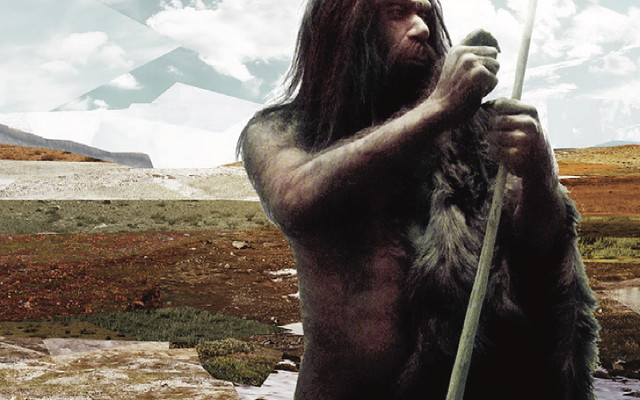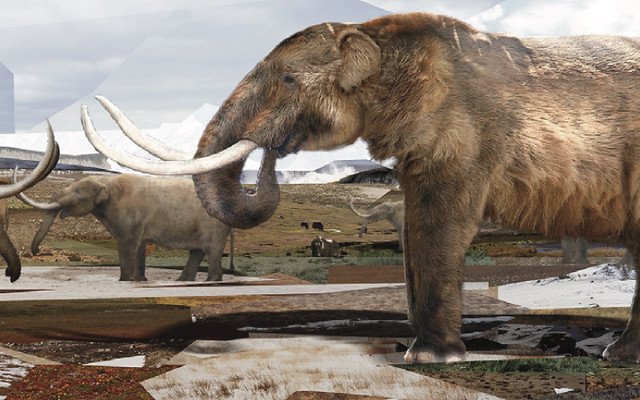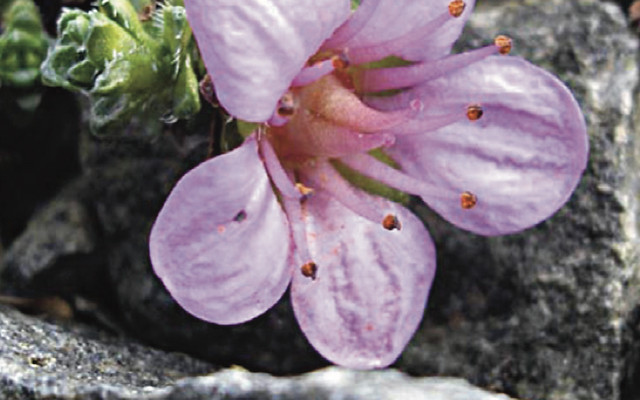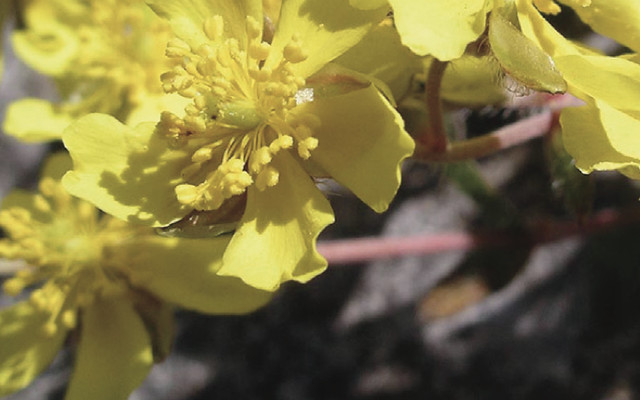Cards
(QUICK LINKS: Decks | plants | mammals | birds | | reptiles | fish | cephalopoda | insects | microbe | events
( scientist | project | modifier | technique |)

Neanderthals
Event Card
EFFECT: May be placed on top of an animal card. Rem- ove both cards from the table. The animal card returns to its player’s hand and the event card is discarded.
FACT: During the last interglacial, about 100,000 years ago, Denmark was inhabited by Neanderthals. They were dependent on the Ice Age animals for prey.

American Mastidon
Mammut americanum


EXTINCT | 5 POINTS
PLAY: Move of 1
FACT: Despite that mastodons and mammoths look somewhat alike, they are not closely related. The mastodon lived in spruce woodlands, valleys and swamps, where it ate leaves from shrubs and trees, and conifer twigs.

Purple Saxifrage
Saxifraga oppositifolia


2 POINTS
FACT: It is a low-growing and mat-forming perennial plant. The flowers have a purple colour and are edible.

Goldenrod
Solidago virgaurea


2 POINTS
FACT: This plant contains substances that makes one highly diuretic when ingested.

Norway Spruce
Picea abies


3 POINTS
FACT: During the Ice Age, few Norway spruces grew in ice-free areas. After the retreat of the ice, the trees spread to the milder tundra landscape.

Hoary Rock-rose
Helianthemum oelandicum


3 POINTS
FACT: A very short plant with yellow flowers.